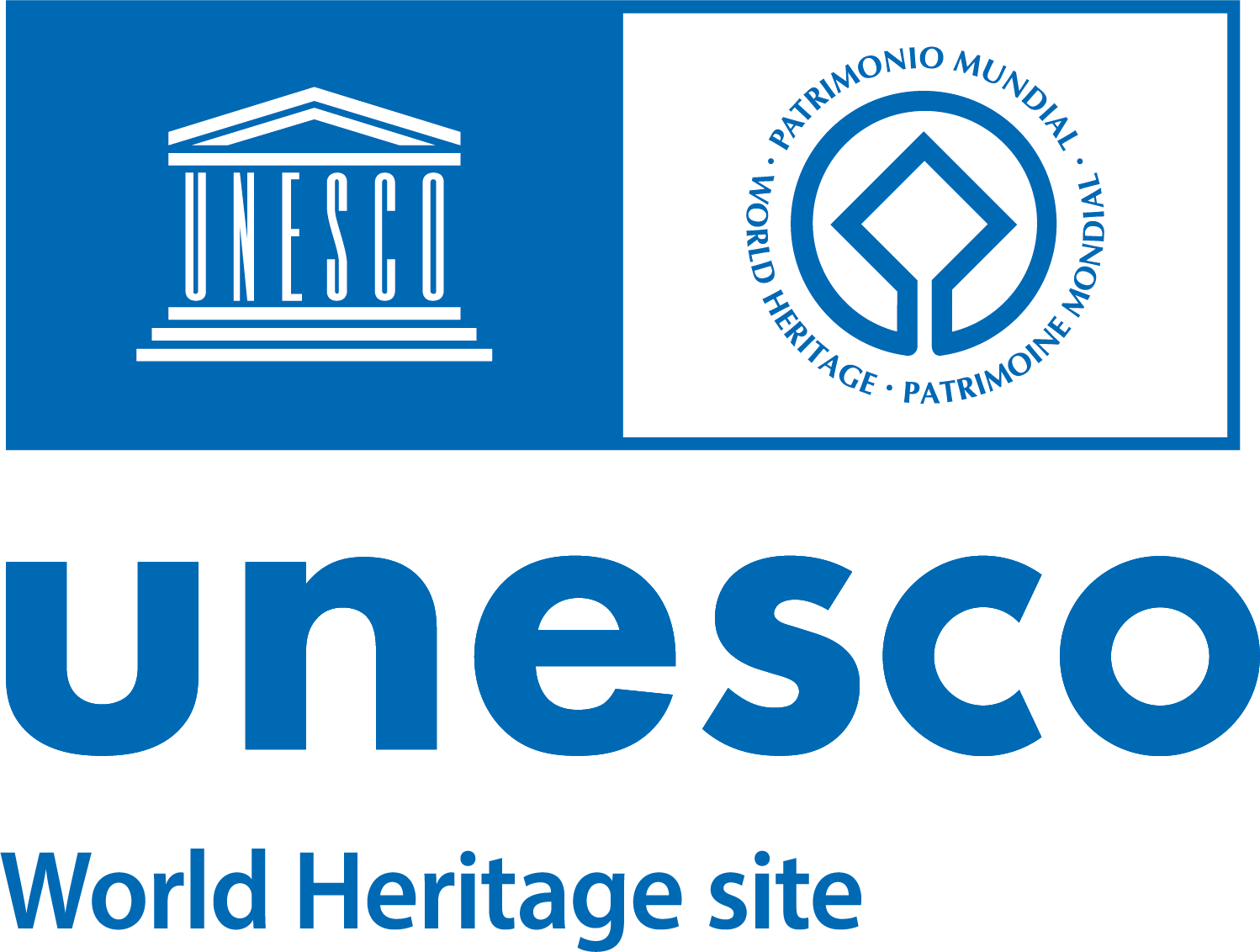Porta Clausais now inside the premises of the Public Works Office and can be observed from Via della Sforzesca. It is one of the least well-known gates of the circuit, consisting of an open arch in an elevation made from blocks of reused travertine, surmounted by the chamber containing the mechanism for raising the portcullis, which once had six windows but were blocked up at a later date. The remains visible today can be attributed to the time of Honorius because of the construction technique that was employed. It is likely that the gate never had side towers. A secondary road must have passed through this point, leading from Porta Viminale, in the city’s oldest, republican-age fortifications, to the Via Tiburtina, after running along the southern side of the praetorians’ camp. Excavations in the 19th century showed that the paving of the ancient road is still preserved under the current surface.
The name Clausa, meaning ‘closed’, was used for centuries, indicating that the gate has always been considered unusable in the popular memory; on the basis of the masonry technique – blocks of tuff alternating with bricks – the internal remodelling can be dated to the height of the Middle Ages and the final sealing up to sometime before the end of the 16th century. In historic maps, the gate also goes by other names, such as Querquetulana (“of the oak”), and inter Aggeres, namely “between the bastions”. This final definition stems from the hypothesis that, outside the gate, the road ran between the praetorians’ camp and a fortified enclosure for animals used in hunts and gladiator fights, before then passing amidst villas and fields.
From the observation point of Via della Sforzesca, the gate is preceded by a rectilinear wall rebuilt in the 17th century and bearing the coats of arms of Popes Gregory XV and Urban VIII; in the period of Urban’s reign the Papal State was engaged in the Wars of Castro against the Farnese. For this reason, the defences of the city were reinforced, with restoration work being carried out in various points of the circuit, as in this case, and with the construction of the Janiculum Walls. These works were distinguished by the extensive employment of reused materials.
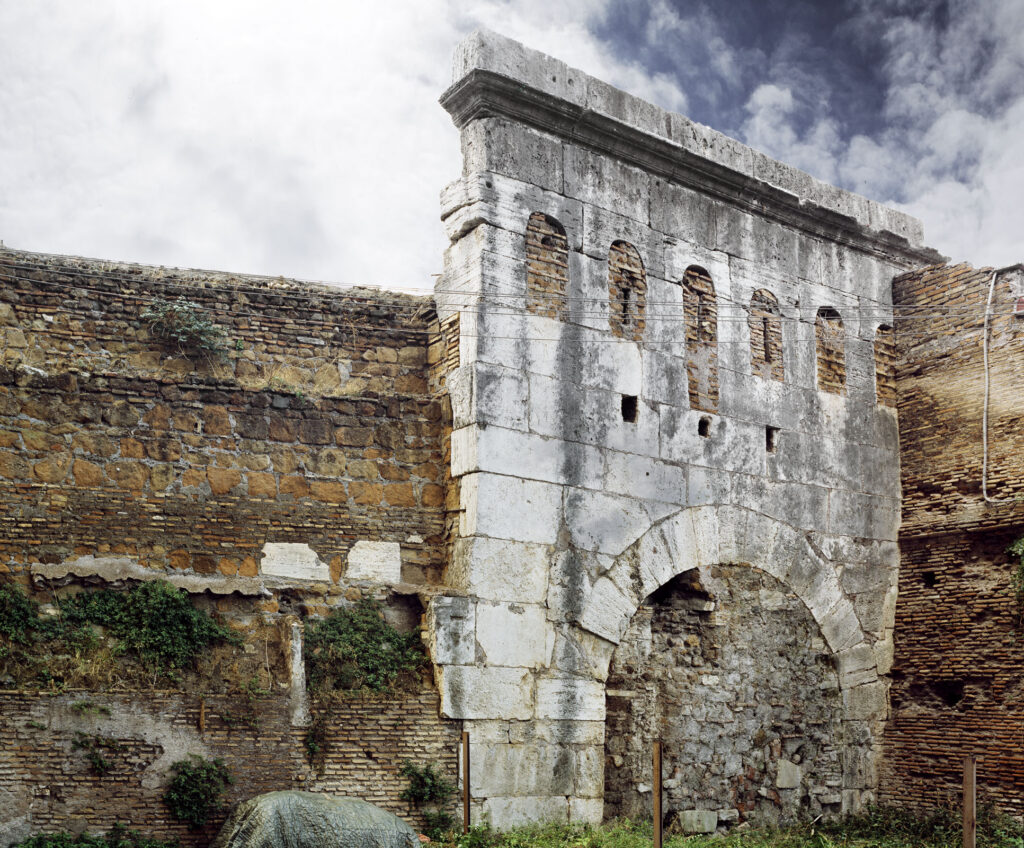
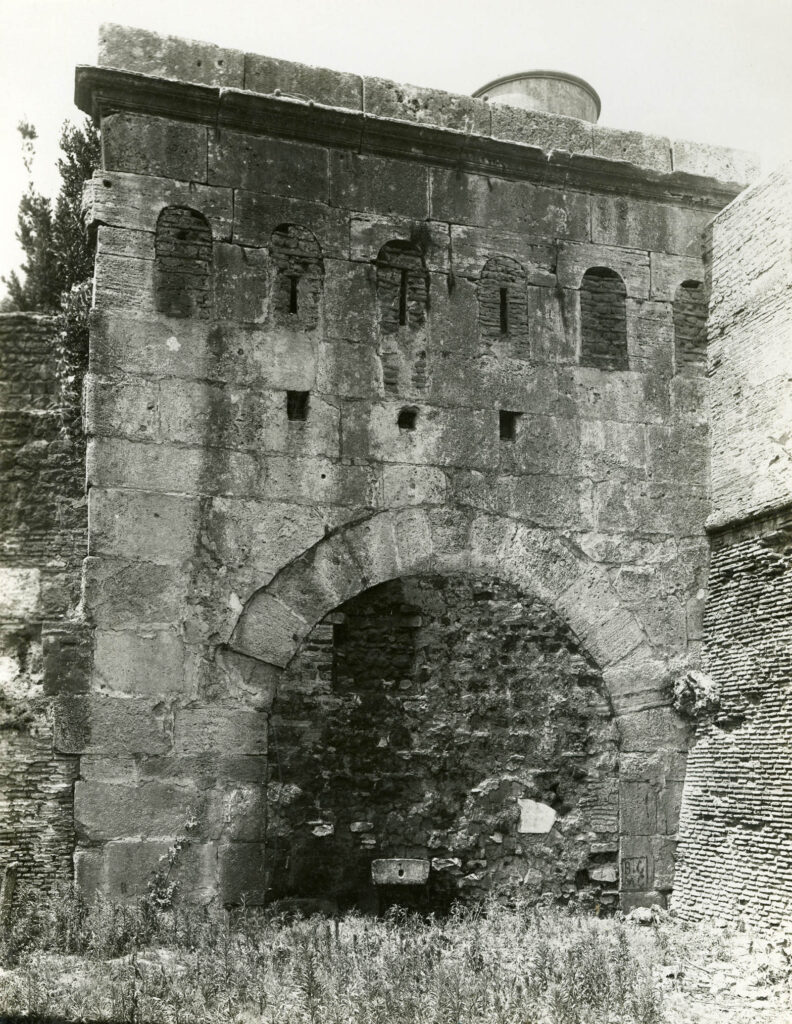
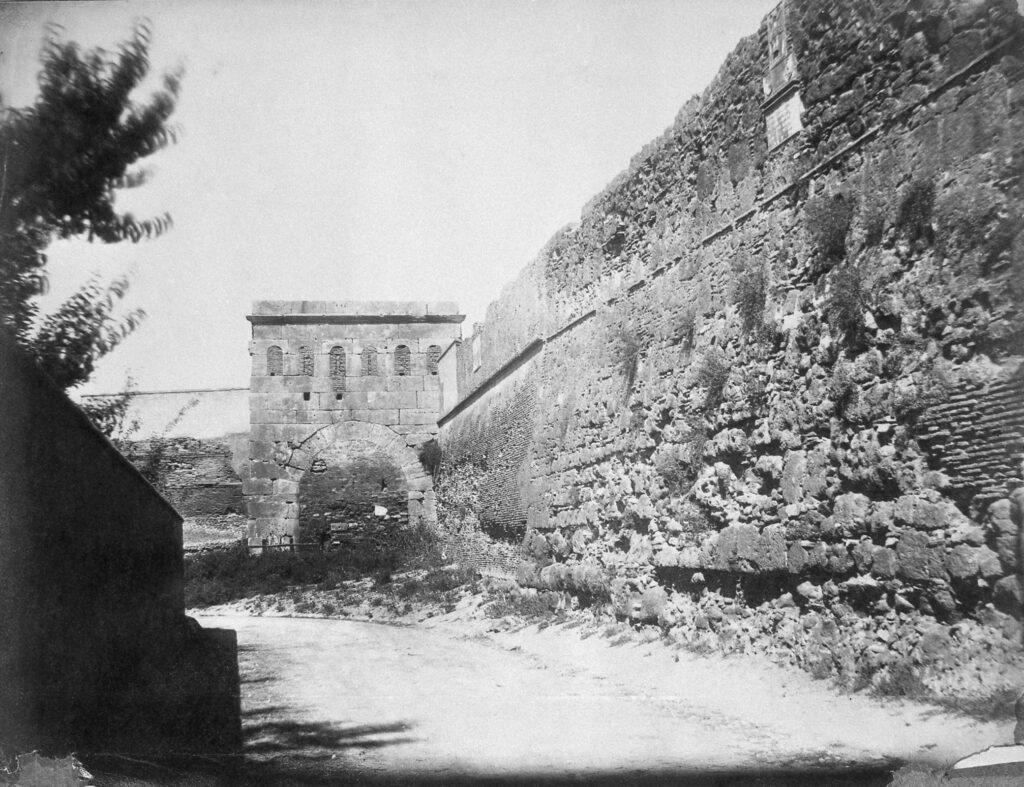
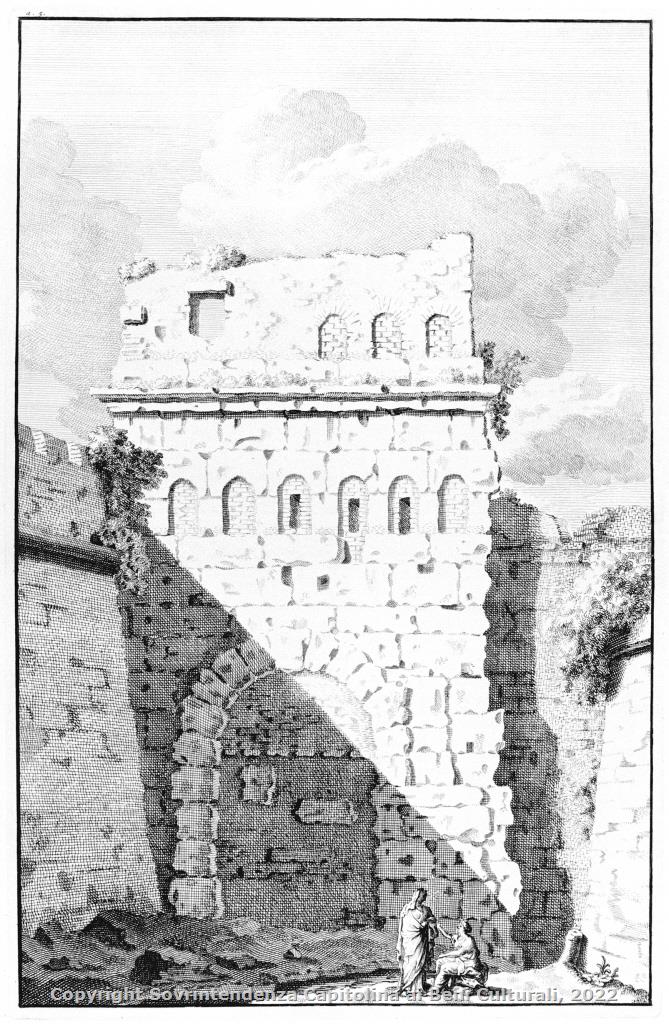
1. A. JEMOLO, Porta Clausa, exterior elevation, 2017.
2. Porta Clausa, exterior elevation, 1930-1940.
3. C. B. SIMELLI, Stretch of walls of the Castro Pretorio with Porta Clausa at the end, 1864-1866.
4. B. VAN OVERBEEK, View of the so-called Porta Chiusa, 1708.


